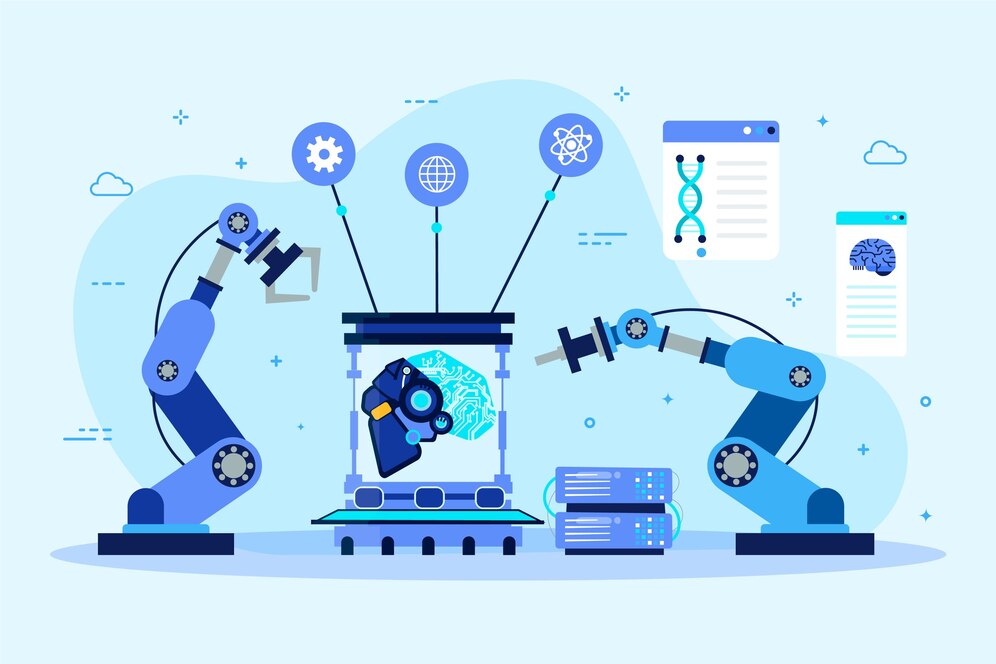By Amutha V | March 28, 2024 | Chennai, India
Executive Summary
The integration of “Bots” into the workforce is rapidly approaching within the realm of Computer System Validation (CSV). With the advent of emerging technologies and a shift in the paradigm towards CSA (Computer Software Assurance) approaches, it is imperative to develop and implement Bots for various stages of validation, including Installation Qualification (IQ), Operational Qualification (OQ), Performance Qualification (PQ), and Data Migration Qualification (DMQ). Robotic Process Automation (RPA) technologies are revolutionizing businesses by enabling end-to-end automation.
UiPath, a user-friendly RPA tool, offers features such as audit trails to capture every action of a robot, making it conducive to quick bot development using UiPath Studio. Its drag-and-drop functionality simplifies the learning process for anyone. Additionally, UiPath provides a centralized automation management system called Orchestrator to oversee the robotic workforce. The transformation of the Validation lifecycle towards faster time-to-market can be achieved through three main avenues:
1. Equipping the Validation team with UiPath, an easily learnable tool.
2. Fostering collaboration between the Validation team and Robots throughout software development and maintenance phases.
3. Converting all repeatable tasks into “Bots”.
Through this whitepaper, we at RxCloud, aim to offer valuable insights into how Validation and Robotic workforces can synergize, integrating technology into Validation without compromising compliance and security.
Implementation of Bots in CSV
UiPath Studio offers a plethora of features to automate repetitive human tasks and create bots, thereby transforming businesses. Below are some features of UiPath that can facilitate making Computer System Validation more “Robotic”:
- Extracting data from websites and storing it in CSV files using data scraping
- Extracting data from emails
- Utilizing the in-built ‘Capture Screenshots’ activity
- Conducting cross-browser testing using Bots without requiring any code modifications
- Leveraging UiPath Orchestrator to centrally manage robot workforce/test suites, with audit trail features to track every action of the robot, ensuring compliance and security

The above diagram provides a depiction of when and where in the CSV lifecycle, bots could be implemented.
Installation Qualification (IQ) traditionally relies heavily on manual processes. IQ complexities increase based on the volume of configuration verifications required. Proactively developing simple bots to compare documented configurations against Validation/Production environment setups can help streamline IQ. UiPath’s built-in features enable data table comparisons, data export to Excel, PDF comparisons, etc., facilitating multiple executions when configurations are migrated between environments.
Similarly, Operational Qualification (OQ) demands significant effort within the Validation execution lifecycle. Simplifying and expediting OQ can be achieved through bot implementation for regression OQ, automated repeated tests, and end-to-end automation with minimal human intervention. Complex test data setups can also benefit from bot development, reducing effort requirements.
Performance Qualification (PQ) can also be automated with bots covering end-to-end GxP business processes, user-friendly result reporting, and end-user training on bot usage. Understanding bots requires no coding skills.
And finally, Data Migration Qualification (DMQ) typically employs sampling approaches when migrating GxP data between systems. Given the criticality of GxP data accuracy to patient safety, DMQ plays a pivotal role in ensuring data quality, accuracy, and completeness. Bots can be developed for 100% data reconciliation between data tables, Excel sheets, PDFs, etc.
Validation strategies must evolve to accommodate RPA tools like UiPath which can greatly help streamline the entire validation lifecycle.
Recap of RPA tool benefits:
- Shorter Validation lifecycles and the highest degree of assurance of intended use
- Reduced emphasis on documentation, fostering critical thinking, and partnering with the Robotic workforce for creative problem-solving and a patient safety-centric approach, aligning with CSA principles
- Reliable approach with Bot actions aligned with ALCOA (Attributable, Legible, Contemporaneously recorded, Original, Accurate) principles
- Compared to other automation tools like Selenium and UFT, RPA tools like UiPath simplify Test Design efforts, significantly reducing testing cycle time/cost
